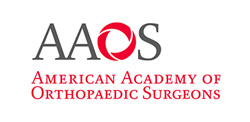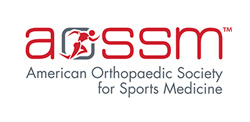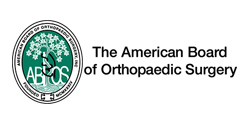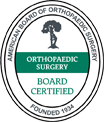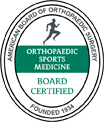
The shoulder joint has a wide range of motion and this makes it prone to dislocation. Recurrent shoulder dislocations are not just painful—they can significantly impact one's quality of life and ability to perform daily activities. Let’s look at some treatment options to help you regain shoulder stability.
What Causes Recurrent Shoulder Dislocation?
Recurrent shoulder dislocation occurs when the shoulder joint slips out of place repeatedly after an initial dislocation. This can be due to
- Traumatic injury to the shoulder
- Weakened stabilizing ligaments, tendons, and muscles from overuse
- Anatomic factors such as a shallow shoulder socket or loose capsule and ligaments.
Who is at Risk for Recurrent Shoulder Dislocation?
Young, active men are most at risk for recurrent shoulder dislocation. According to research studies, more than 70% of shoulder dislocations occur in men, with a peak incidence in young males aged 16-20 years.1 Following an initial dislocation, the recurrence rate can be as high as 90% in patients younger than 20 years old. Higher risk patients include athletes, especially those that play a contact sport such as football or hockey.
Treatment Options for Shoulder Dislocations
Immediate Response
At the onset of a dislocation, seek medical attention. Initial treatment involves a process called reduction, where a doctor gently maneuvers the bone back into place. After reduction, rest and ice can help reduce pain and swelling.
Shoulder Rehabilitation and Strengthening
Once the shoulder is stabilized, physical therapy is crucial. A tailored exercise program strengthens the muscles around the shoulder, enhances stability, and may reduce future dislocations.
Imaging
It is strongly recommended to obtain an MRI soon after a dislocation to properly assess damage to ligaments, labrum, bone and rotator cuff muscles.
Surgical Options
If dislocations recur, surgery may be necessary. Procedures like arthroscopy repair torn tissues or tighten loose ligaments and reduce recurrent dislocations.
Prevention Strategies
Preventive measures include avoiding high-risk activities, using protective gear during sports, and maintaining good muscle strength and flexibility.
Special Consideration for First Time Dislocations
Recent data shows that surgical intervention after a first dislocation offers better results than performing surgery after 2 or more dislocations. It is strongly recommended to see an Orthopaedic Sports Medicine Shoulder specialist after a first time dislocation.
If you are struggling with recurrent shoulder dislocations, it's essential to consult with a healthcare professional to determine the best course of action for your specific situation.
Milan M. DiGiulio, M.D. offers comprehensive orthopedic care for you and your entire family, specializing in Sports Medicine and arthroscopic surgery of the shoulder and knee. Dr. DiGiulio performs over 200 arthroscopic shoulder and knee surgeries each year, using the most advanced surgical technology. Dr. DiGiulio is an advocate of non-invasive, non-surgical treatment options such as Physical Therapy and Orthobiologics.




